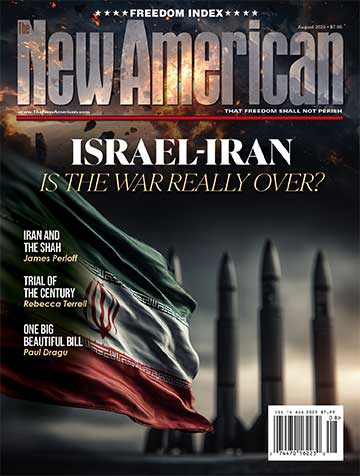
The Protecting Communities and Preserving the Second Amendment Act of 2025 is being promoted as a pro-Second Amendment measure, but a closer examination reveals a starkly different reality. Despite its seemingly protective title, the bill contains numerous provisions that undermine the fundamental right to keep and bear arms as guaranteed by the Second Amendment. This article will expose the insidious elements embedded in the bill, highlighting the deceptive nature of its language and the potential consequences for law-abiding gun owners.
The Deceptive Framing of the Act
Proponents of the Protecting Communities and Preserving the Second Amendment Act of 2025 assert that the bill strengthens gun rights by modernizing firearm commerce and enhancing background checks. However, the reality is far from this rosy depiction. Under the guise of protecting public safety, the act imposes federal mandates that centralize control over firearm transactions and mental health data, setting dangerous precedents for gun ownership regulation.
Mandatory Mental Health Reporting
One of the most alarming provisions of the bill is the requirement for states to provide at least 90 percent of mental health records to the National Instant Criminal Background Check System (NICS) or face significant funding cuts. This provision threatens the privacy rights of gun owners and sets the stage for a federal database that could be used to disqualify individuals from exercising their Second Amendment rights based on subjective mental health criteria. States that fail to comply risk losing substantial federal funding, forcing them to choose between constitutional fidelity and financial viability.
Federal Overreach in Firearm Commerce
The act purports to modernize firearm commerce by amending section 922 of Title 18, United States Code. However, the changes primarily expand federal oversight of interstate firearm transactions, allowing greater federal intrusion into what has traditionally been a state-regulated domain. The redefinition of terms like “temporary location” could pave the way for increased restrictions on private gun sales and transfers, infringing on states’ rights to regulate commerce within their borders.
Red Flag Law Provision: A Direct Attack on Due Process
Perhaps the most insidious aspect of the bill is the introduction of a red flag law provision. This section allows law enforcement to temporarily confiscate firearms from individuals deemed a threat based on reports from family members or law enforcement. While proponents argue that such measures are necessary to prevent violence, the reality is that these laws violate due process. Under this provision, individuals can lose their Second Amendment rights without ever being charged with a crime or even being present to defend themselves in court. This erosion of due process is a clear violation of constitutional rights and sets a dangerous precedent where accusations, rather than convictions, determine one’s ability to exercise fundamental liberties.
Task Forces and Increased Penalties
The bill also establishes regional firearms-trafficking task forces under the Department of Justice, effectively broadening federal power to investigate and prosecute cases involving gun sales. These task forces are empowered to investigate not just felons, but also any cases in which firearms are believed to be purchased for unlawful purposes. Furthermore, the act increases penalties for “lying and buying,” imposing up to 10 years of imprisonment for violations. Such punitive measures disproportionately target gun owners, rather than addressing the root causes of gun violence.
The Illusion of Safety
While the bill’s supporters claim that these measures are necessary to curb gun violence, the reality is that they primarily expand government control while doing little to address the real causes of crime. Instead of safeguarding Second Amendment rights, the bill’s provisions make it more difficult for law-abiding citizens to exercise those rights, while increasing federal surveillance of personal mental health records.
Conclusion
The Protecting Communities and Preserving the Second Amendment Act of 2025 is a wolf in sheep’s clothing — a bill that disguises federal overreach as a defense of gun rights. Lawmakers and citizens alike must see through the deception and recognize this bill for what it truly is: a veiled attempt to centralize control over firearms under the pretense of public safety. If we value our constitutional liberties, we must resist such legislative subterfuge and demand that our rights be protected from government encroachment.




